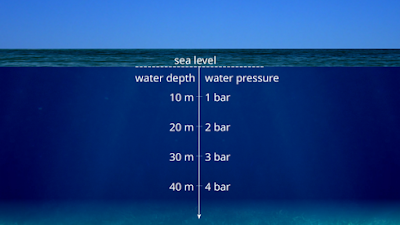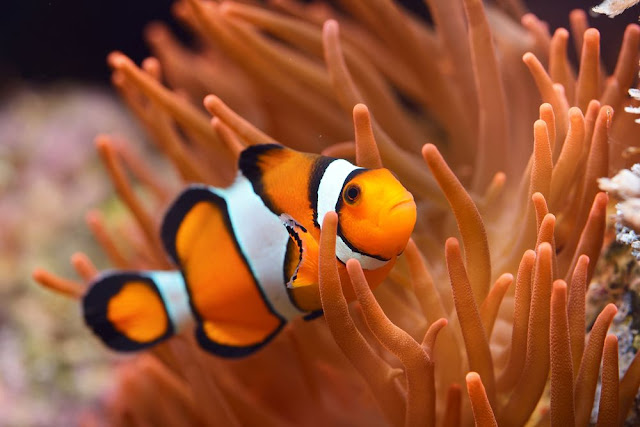Why Pressure At The Bottom Of The Ocean Is High?
At sea level, the air that surrounds down presses down at 14.7 pounds per square inch. We don't feel it, because the body releases the same force pushed by the fluids in our body.
Dive deep into the ocean, you will encounter a noticeable change. You can feel an increase in pressure at your eardrums. This is due to the increase in hydrostatic pressure, the pressure exerted by a fluid on an immersed object. The deeper you go, the increase the pressure pushes you down. For every 33 feet, you dive deep, there is a change in the atmosphere by 1 unit.
The animals living deep, are experienced to live extreme pressure conditions. They have special features which help them to deal with these tough conditions. In the deepest part of the Atlantic, the pressure can reach up to 840 bars while the pressure at the challenger deep (Mariana Trench) can go up to 1000 bars or more.
Whales, deep dive to almost 2000 meters to capture the squid. They breathe air, but their lungs are collapsible, so they don't get crushed when they go deep for more than 2 hours.
There are different techniques for the animals to survive at those depths, whether they are visiting or living there.
There is so much we don't know about the deep sea. But when scientists tend to study the sea animals that are surviving at these depths tend to die when they are brought to the surface. Which makes us don't know about the other remarkable features they possess.



Comments